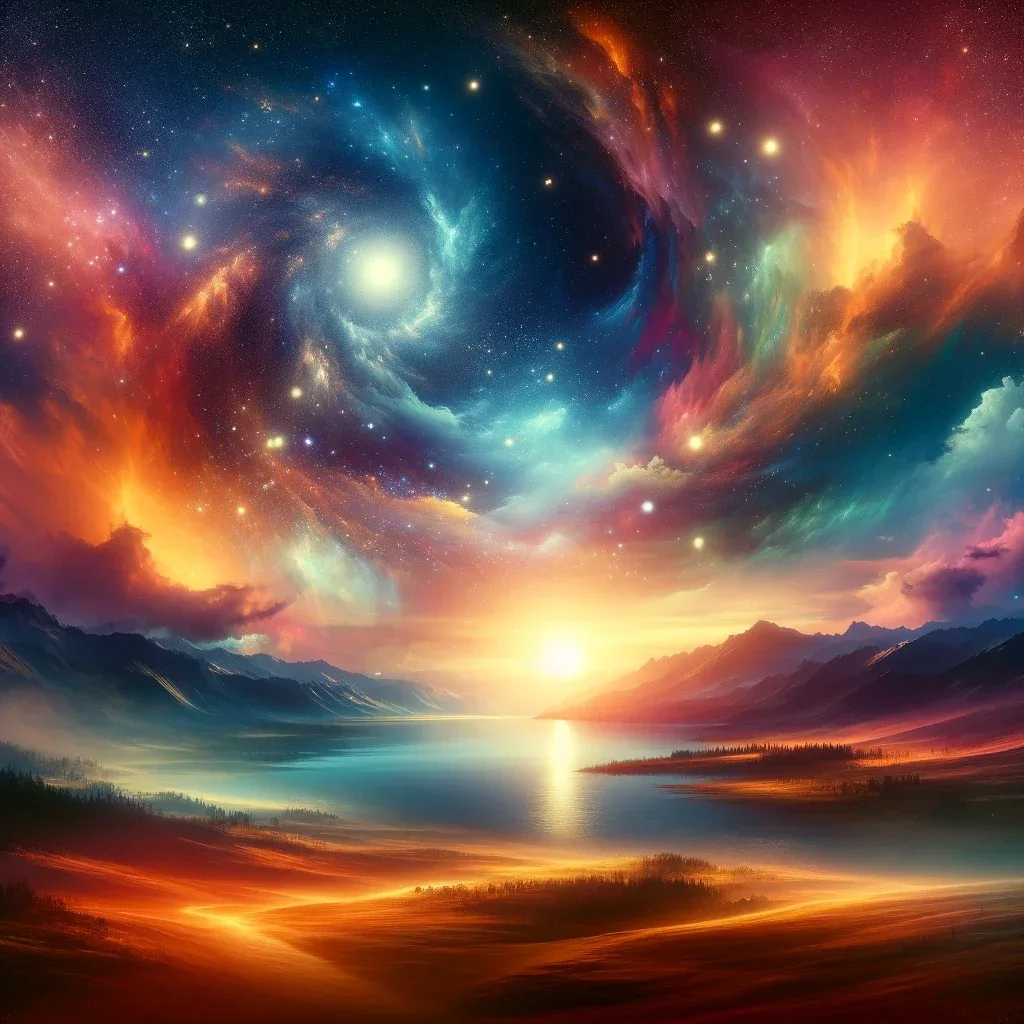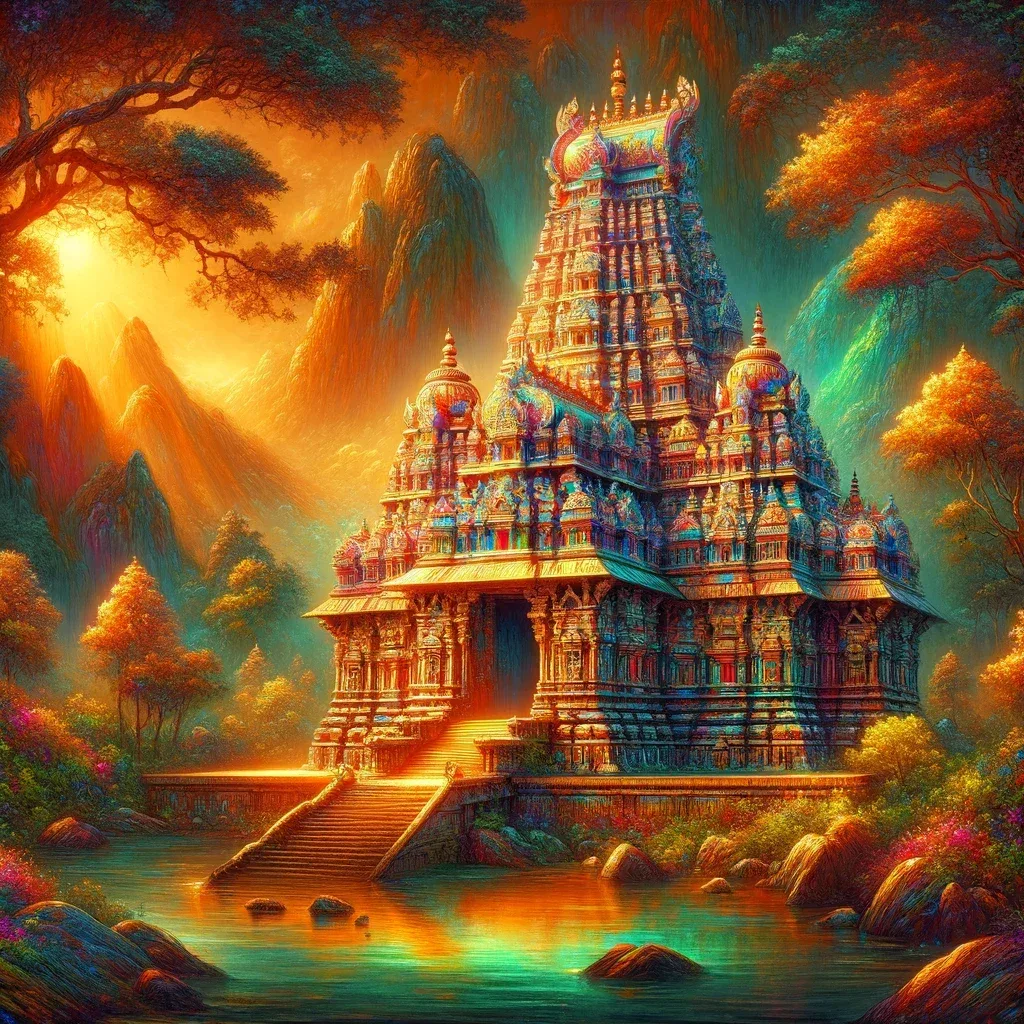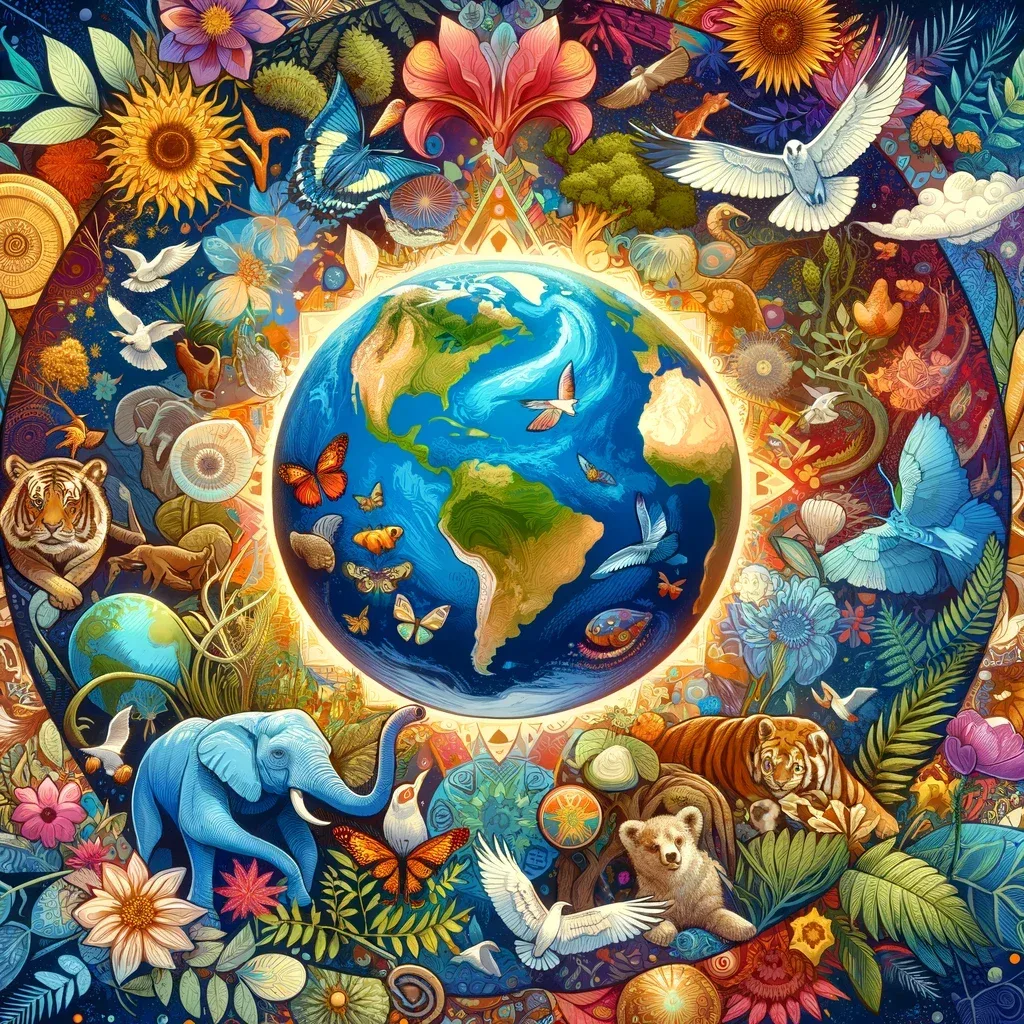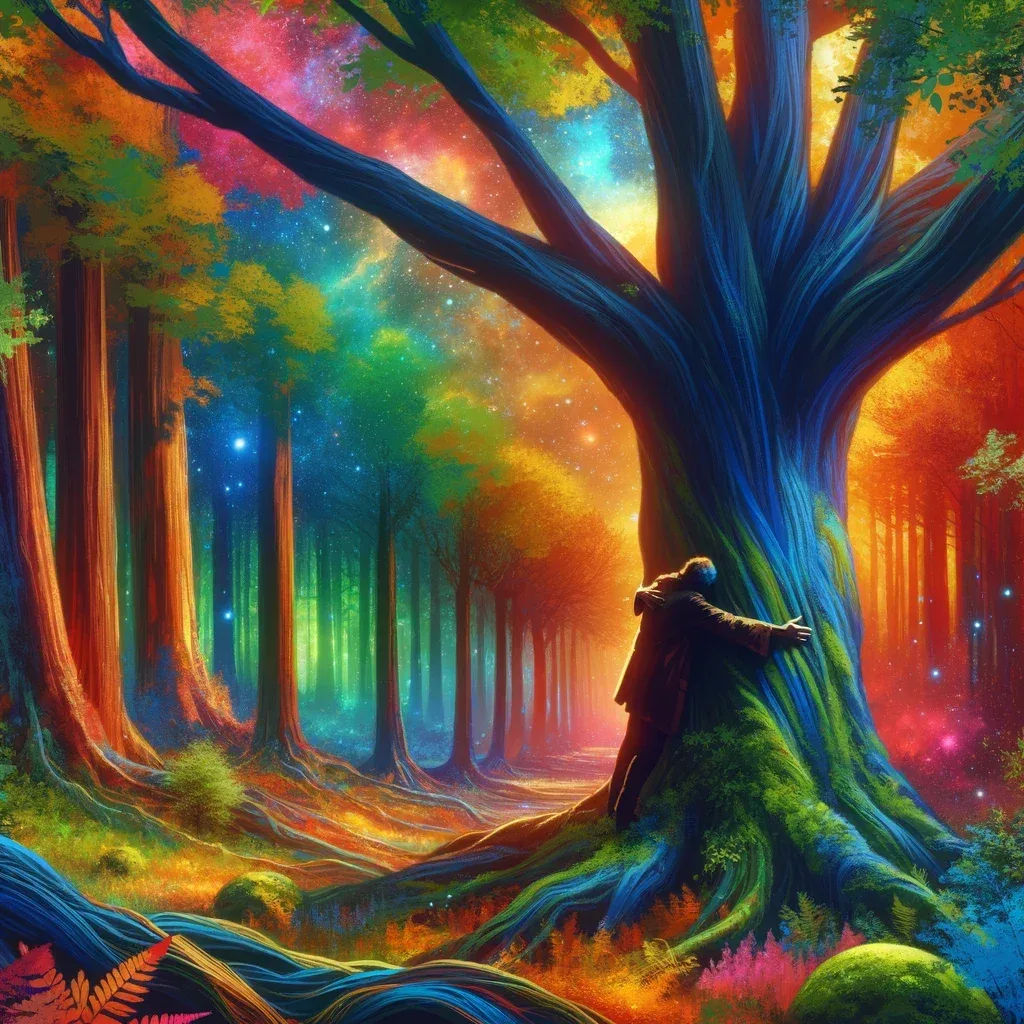Pantheism, a worldview in which God is identified with the universe or considered as the sum total of all that exists, offers a fascinating spiritual and philosophical perspective that transcends the conventional boundaries of religion. This article explores in depth what pantheistic religions are, delving into the beliefs and practices that define this view of the divine as immanent in all things. Throughout this exploration, we will examine various religious and philosophical traditions, highlighting their connection to pantheism and how this view manifests in different cultures and contexts.

General Overview of Pantheism
Pantheism, although often associated with philosophical concepts, has deep roots in several religious traditions. This approach views the universe and nature as manifestations or expressions of the divine. Unlike theism, which places God as an entity separate from creation, pantheism sees God in everything and everything in God. This vision offers an integrative and holistic perspective on spirituality, uniting the divine and the mundane, the sacred and the profane.

Hinduism: The Pantheistic Basis
Hinduism, one of the oldest and most complex religions in the world, offers a clear pantheistic vision. In Hinduism, Brahman is the ultimate reality, the essence of everything that exists. Hindu sacred texts, such as the Upanishads, speak of the unity of Brahman with the universe, where each individual soul (Atman) is seen as an expression or reflection of Brahman. This notion resonates deeply with the pantheistic idea of God present in every aspect of the universe.
Taoism: Harmony with the Tao
Taoism, originating in ancient China, also reflects pantheism in its beliefs. The Tao, or “The Way,” is an omnipresent and omnipotent force that permeates and defines the natural order of the universe. According to Taoism, living in harmony with the Tao is living in harmony with the universe. This philosophy resonates with the pantheistic idea of finding the divine in nature and the natural world.
Pantheism in Modern Philosophy and Spirituality
In the contemporary world, pantheism has been embraced by many philosophies and spiritual movements. Philosophers such as Baruch Spinoza and naturalists such as John Muir expressed pantheistic beliefs, seeing God in all aspects of nature. Pantheism also influenced the environmental movement, with the notion that by caring for the planet, we are caring for a manifestation of the divine.
Manifestations of Pantheism in Different Cultures

Pantheism is not limited to a single religion or culture. Around the world, various spiritual traditions embrace, in one way or another, the notion that the divine is in everything.
Pantheism in Indigenous Spirituality
Many indigenous cultures around the world have a pantheistic view of nature and the universe. For these people, trees, rivers, mountains and animals are not just parts of the environment, but living expressions of the sacred. This view resonates with the pantheistic idea of finding the divine in all life forms and on earth.
Pantheism in the Western Tradition
Although less prevalent in the West, pantheism still finds expression in various spiritual and philosophical forms. In the Renaissance period, for example, there was a resurgence of interest in nature and the universe as
expressions of the divine, an idea that can be traced back to Neoplatonism and other ancient schools of thought.
Pantheism and the Environment: An Ecological Perspective

Pantheism offers a unique perspective on environmental issues. Seeing the divine in every aspect of the natural world, pantheism encourages a relationship of respect and reverence for the Earth. This view is fundamental to many modern environmental movements, which see protecting the environment not only as a matter of survival but also as an act of spiritual reverence.
Conclusion
Pantheism, with its view of a God immanent and inseparable from the universe, offers a unique and integrative perspective on spirituality. From ancient traditions like Hinduism and Taoism to modern movements that emphasize connection with nature, pantheism resonates across diverse cultures and eras. This vision offers a way of seeing the sacred in everything around us, promoting greater harmony with the world and with each other. By exploring the various manifestations of pantheism, we gain a deeper understanding of the diversity and unity in spiritual beliefs around the world.
FAQ: Main Questions About Pantheistic Religions
This FAQ seeks to clarify the main doubts related to pantheistic religions, covering everything from basic concepts to specific aspects of these beliefs. Here you will find answers to the most common questions, offering a more in-depth understanding of the topic.

1. What is pantheism?
2. How does Hinduism reflect pantheism?
3. Is Taoism considered a pantheistic religion?
4. What is the relationship between pantheism and the environment?
5. Which indigenous cultures have pantheistic beliefs?
6. How does pantheism influence the modern environmental movement?
7. Are there manifestations of pantheism in the Western tradition?
8. Is pantheism predominant in any specific religion?
9. What is the difference between pantheism and theism?
10. How does pantheism manifest itself in the daily lives of followers?

This FAQ provides a comprehensive understanding of pantheism and its manifestations in different religions and cultures, we hope these answers have been enlightening and useful.





